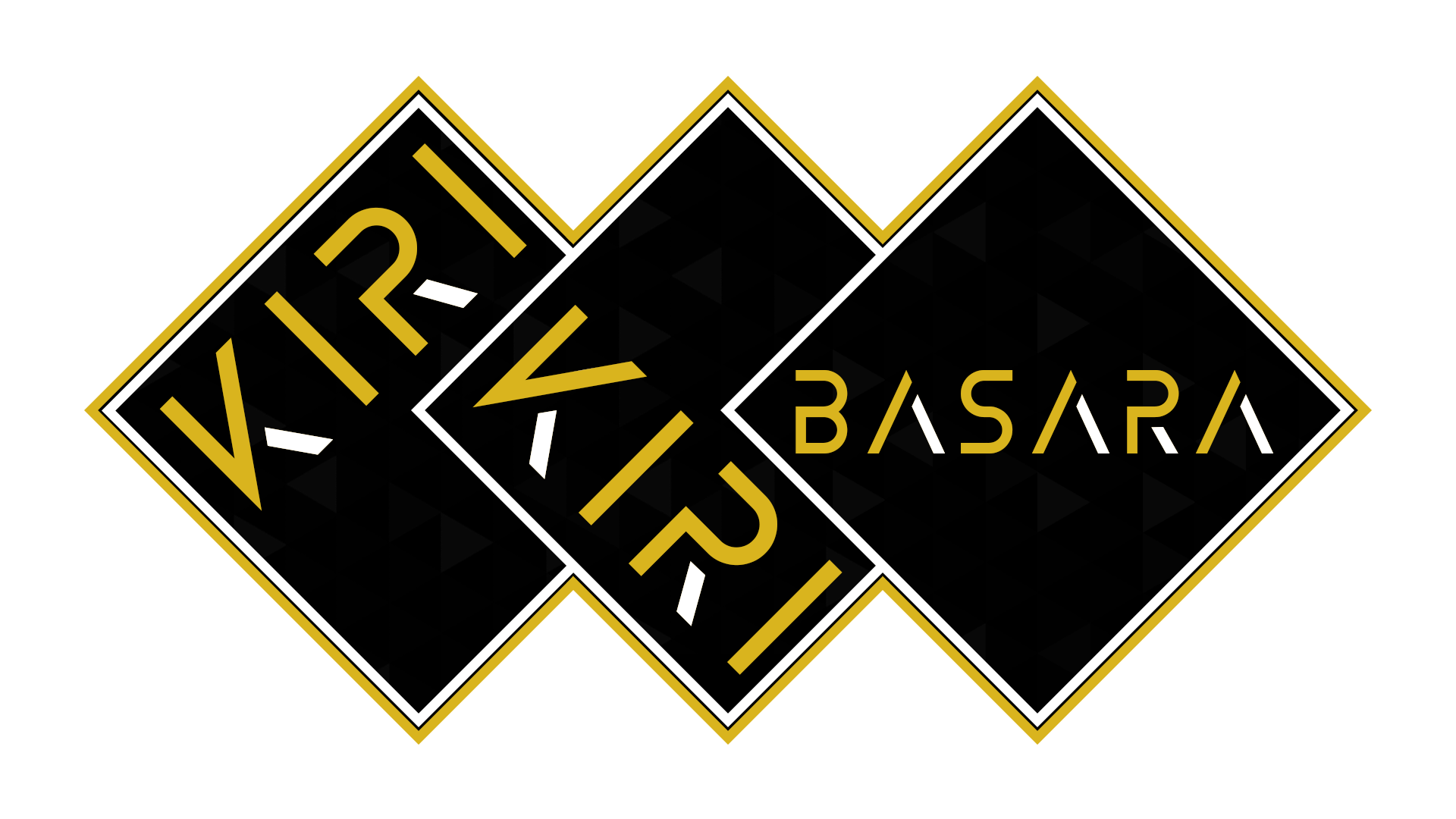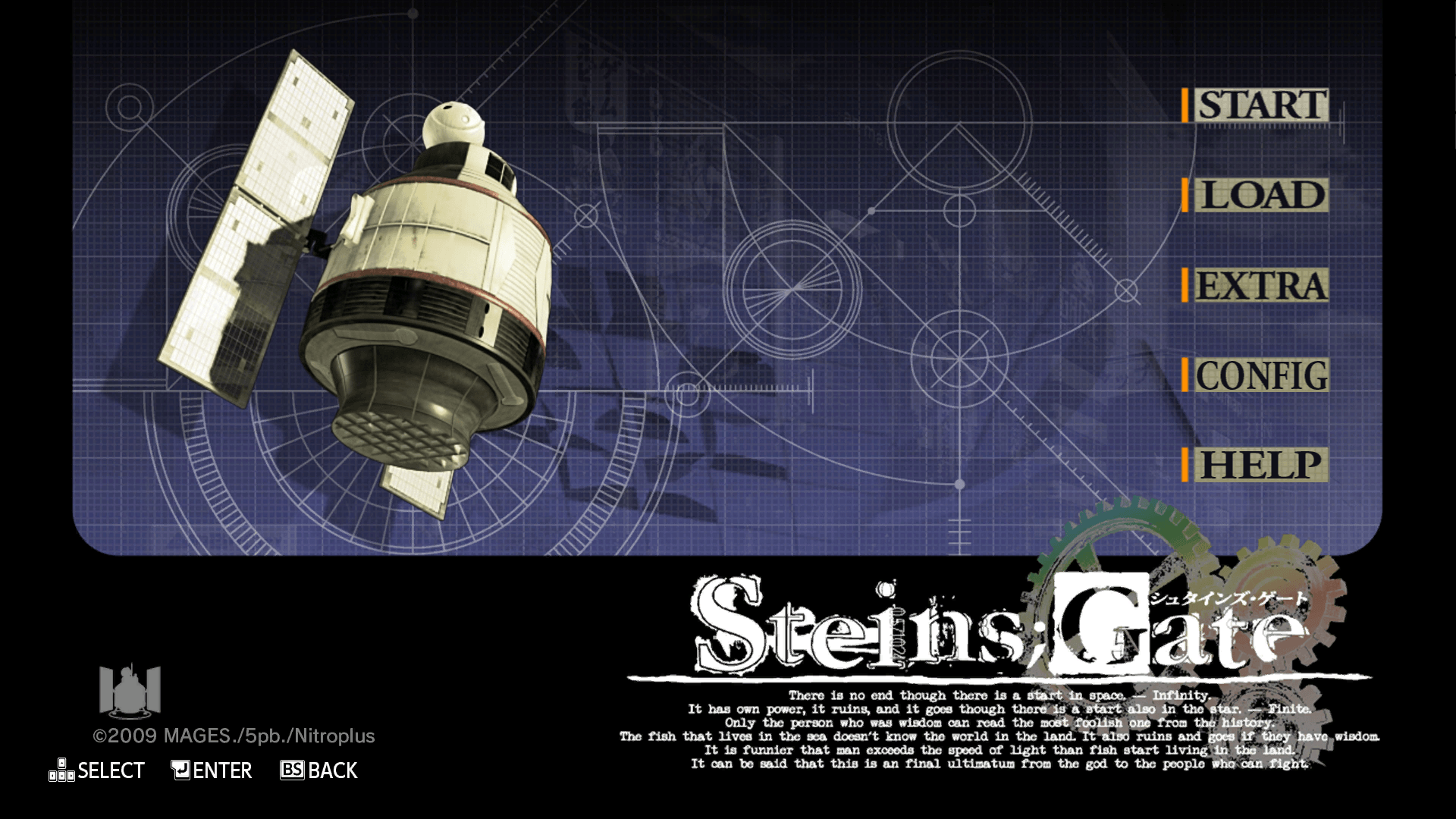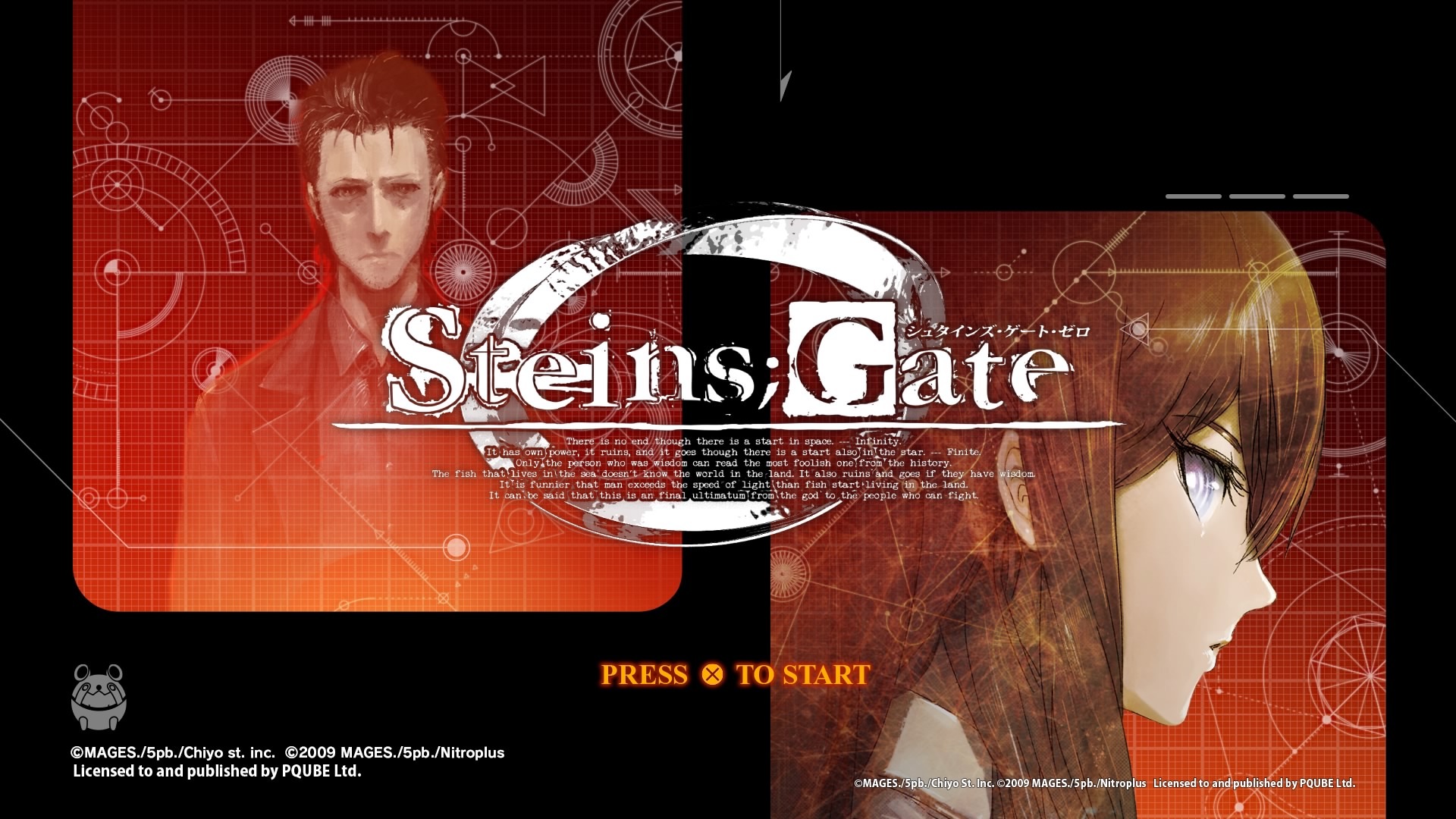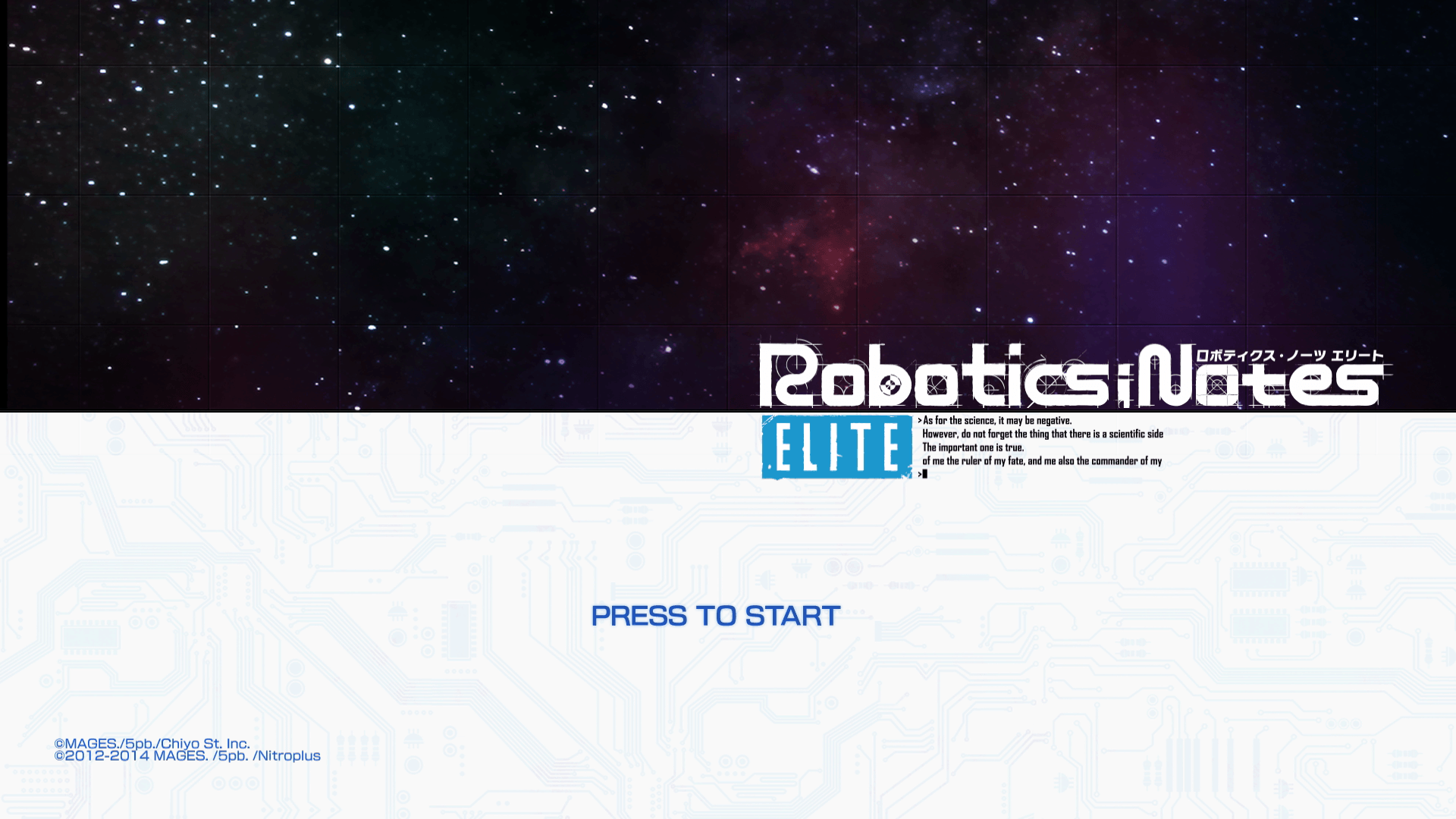What is the science adventure series?
The Science Adventure series (typically shortened to “the SciADV series”) is a group of interconnected multimedia titles created by MAGES. and Chiyomaru Studio. At their cores, the titles of the SciADV series utilize science, conspiracy, mystery, and adventure as their main themes.
The first entry in the series, Chaos;Head, was released in 2008, and its expanded re-release Chaos;Head NoAH followed closely in 2009. The series would continue with titles such as Steins;Gate, Robotics;Notes, Chaos;Child, Steins;Gate 0, Occultic;Nine, Robotics;Notes DaSH, and most recently, Anonymous;Code.

Every title in the series takes place within the same fictional universe. The main characters of each title have a unique quirk or power that makes them integral to their story. In the many of the visual novels, the player can additionally affect the story’s path by making certain choices.
In Chaos;Head and Chaos;Child, this is done by choosing delusions for the main character to experience.
In Steins;Gate and Steins;Gate 0, this is done by choosing whether or not to send messages or answer phone calls.
In Robotics;Notes and Robotics;Notes DaSH, this is done by replying to various tweets on Twipo (the in-universe Twitter), playing the in-universe game “Kill-Ballad,” and choosing which locations to visit at certain points in the story.

How do I get started with the series?
In general, the best order for newcomers to follow is release order, and the source material (usually the visual novels) is typically the best way to experience the series. For English-speakers, the order would be to start with Chaos;Head, then move onto Steins;Gate, followed by Robotics;Notes Elite, Chaos;Child, Steins;Gate 0, Robotics;Notes DaSH, and Anonymous;Code.
Due to its massive popularity, many people start with Steins;Gate first, and that’s okay! Going back to Chaos;Head and continuing through the rest of the series in order (without necessarily re-experiencing Steins;Gate) is fine too.
Occultic;Nine can be checked out anytime after Steins;Gate 0—its light novels are the source material, and are translated into English, but are unfortunately incomplete. An anime adaptation is also available, and contains a proper ending to the story at the loss of novel-specific details. Lastly, Occultic;Nine’s visual novel is available in Japanese, but has not yet been localized into English.
Steins;Gate 0’s anime adaptation is, technically speaking, both an adaptation of the visual novel and a complement to it—it provides important additional insight into the story’s events, characters, and concepts. We recommend watching it anytime after you’ve read the visual novel.
All of the entries in the series have various forms of complementary side media, such as anime adaptations, manga, drama CDs, light novels, stage plays, and much more. To learn more about each title’s relevant complementary media, please visit their individual information pages on this website, or check out this handy page.
Additional information
The series is planned by Chiyomaru Shikura, representative director and founder of MAGES. The vast majority of the series’ music is composed by Takeshi Abo. A wide variety of writers have written for the series, such as Naotaka Hayashi, Eiji Umehara, Toru Yasumoto, and more. The series’ art is done by artists such as Huke, pako, Mutsumi Sasaki, and others.
According to Shikura, “If you can create a story, complete with terror and joy, within the confines of reality, you can make it feel more relatable. The setting and situations are events that can happen in everyday life.” This is the principle by which the Science Adventure titles are written, and it has proven to be very successful. The series has been commercially and critically outstanding, selling more than expected for the genre and helping establish the series as the best of its kind.




